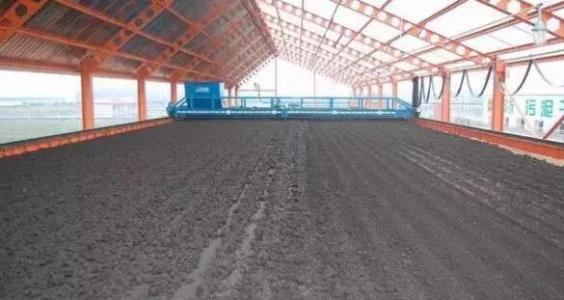Sludge drying
date:2019-07-30 13:48:24 views:855

I. Overview
Sludge is mostly organic and inorganic substances precipitated from municipal domestic sewage and industrial chemical wastewater plants. Because of the odor gas, pathogens, organic substances and heavy metals in sludge, traditional composting and sanitary landfill technology can not meet the requirements of sludge disposal nowadays, and incineration is one of the methods of sludge disposal. Because of its fast speed, small area, short storage time, complete environmental protection and no secondary pollution, it has become one of the main directions of sludge disposal. Because of the high requirement of heat energy for sludge incineration, it is uneconomical to incinerate sludge directly with 75-85% moisture content, so external heat must be used. Waste heat from source or incineration or sludge drying, dewatering and re-incineration.
II. Usage
Factory sludge and oil sludge from petroleum, chemical, textile and pesticide industries; sludge from municipal sewage plants.
III. Structural characteristics
Dryer is suitable for waste heat utilization, commonly used are paddle-type drying, drum-type drying, belt-type drying, disc-type drying; thermodynamic drying source realizes flexible adjustment of sludge moisture content from 80% to 30%; adiabatic calorific value after sludge drying can fully meet the needs of thermal incineration, greatly reducing the operating cost of the system; Rotary kiln or fluidized bed incineration process is selected as the incineration process, and environmental protection treatment meets the standard. The integrated design of drying and incineration has compact structure, small floor area and reasonable operation cost.
- PREV:none;
- NEXT:none;


